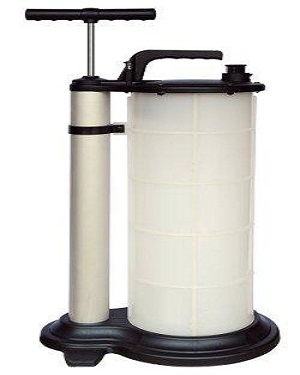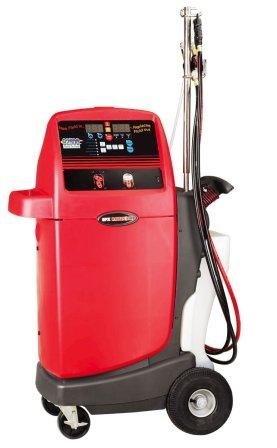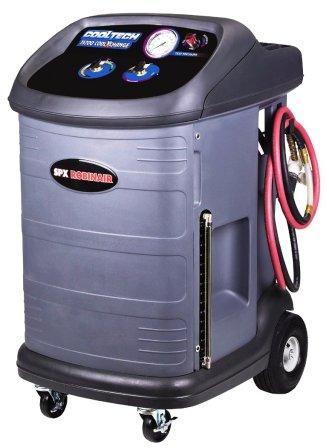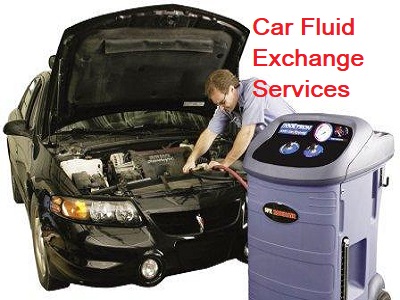
I got a letter from my local dealership saying they recommended their special car fluid exchange service for the approaching winter driving season. This same dealership sent me the same exact letter that recommended the fluid exchange service to get ready for the summer driving season. At least I can say the service department at this dealership remains consistent.
They believe doing all the expensive maintenance services and changing out all the fluids contained in my automobile makes it more reliable going forward. I’m not so sure I agree with their recommendations or diagnosis of improved operation. With that said, I do believe there are times to perform a car fluid exchange service.
However, instead of a blanket recommendation, I would rather apply some common sense to the situation. In this brief article will do exactly that. We’ll talk about the different fluids contained in our automobiles and discuss the recommended changing of these individual fluids. With this information you’ll be able to make an informed decision about performing a recommended car fluid exchange service.
Car Fluid Exchange Services

Before we dive into the individual fluids let’s talk about how the services are performed and what they include. Unfortunately, it depends on which system we wish to exchange the fluid on, as to how they accomplish the procedure. In addition, auto repair shops sometimes invest in fancy equipment that not only speeds up the operation, but can enhance the outcome of the fluid exchange service.
As an example, a transmission service machine does an excellent job. You fill the machine with the recommended replacement fluid and hook it to a transmission cooler line. As the machine pushes the new fluid in, it catches the old fluid as it comes out of the return cooler line flowing back to the transmission cooler. When the machine turns off, 100 percent of the old fluid has been exchanged with the fresh recommended fluid.
In the case of the other hydraulic oils that exist in an automobile the shop is usually talking about draining out the old fluid and installing new fluid. In some cases, they use a fluid extractor and physically suck out the old stuff. Then they pour in the new hydraulic oil. In some systems this can leave material lying at the bottom of the reservoir. When the new fluid becomes circulated with the remaining debris you wind up close to where you were before they performed the car fluid exchange service. We’ll talk more about how to get your money’s worth and why it might pay to do-it-yourself.
Engine Coolant Fluid Exchange Service
Let’s clear something up first. We live in an age of extended life automotive fluids. On automobiles from the early 90s on back, we had to change the cooling system fluid every 36,000 miles. This no longer applies, because of the advancement in the chemical makeup of engine coolant. With that said, many car manufacturers recommend the service at 100,000 miles. Check your vehicle specific auto repair manual for exact service intervals and the recommended type of fluid.

Another difference between the engine coolant that we use today and the green ethylene glycol of yesteryear becomes the level of corrosion protection included in the solution. In the old days mechanics wanted back flush the radiator because corrosion developed quickly in the old style engine coolant. However, even on systems that are serviced late on modern automobiles, very little corrosion is found. For this reason a simple drain and refill of the system often becomes good enough.
Nevertheless, you do want to make sure that you get all the old stuff out of the system. When you only drain from the port in the lower portion of the radiator you get some coolant trapped in the hoses and throughout the engine block. Again consult your professional PDF car service manual for directions on how to drain that remaining engine coolant. If an auto repair center recommends a back flush of the system you should ask them why. If they can show you that corrosion has built up, then maybe I would approve the service. However, a drain and fill will work just fine in most situations.
Hydraulic Oil Fluid Exchange Maintenance

Some of the hydraulic fluid in the engine compartment of an automobile doesn’t carry a manufacturer’s recommendation for service interval. As an example, power steering fluid isn’t considered a hydraulic oil that needs a drain and fill. With that said, problems occurring in the system can degrade the quality of the fluid. As an example, if the O-ring seals in a power steering rack and pinion assemblies start to decay, it can turn the fluid black in the power steering reservoir.
However, just changing the power steering fluid doesn’t solve the problem. Replacing the rack and pinion assembly and then flushing the hydraulic oil is the proper procedure to handle this issue. Brake fluid is a hydraulic oil that many manufacturers recommend replacement of. Therefore, I recommend checking your owner’s manual to see if how your car maker feels about the subject. If they do recommend service at specific mileage intervals, then I recommend you stick to that schedule.
Brake fluid is the type of hydraulic oil that remains very susceptible to moisture. If the cap of the master cylinder leaks for an extended period of time, you must change the brake fluid. With that said, when brake fluid degrades it starts to turn dark and thick. Therefore, car owners can apply some common sense and replace the fluid as needed in those situations. It should have a honey or amber color and translucent. My final thought on the car fluid exchange services subject is to remain cautious about recommendations without solid reasons behind them. If an auto repair shop wants to change your fluid you have the right to ask them why and what the benefit of such a service would be. If you’re looking for ways to cut your car maintenance budget take a look at the four auto services you can skip.

